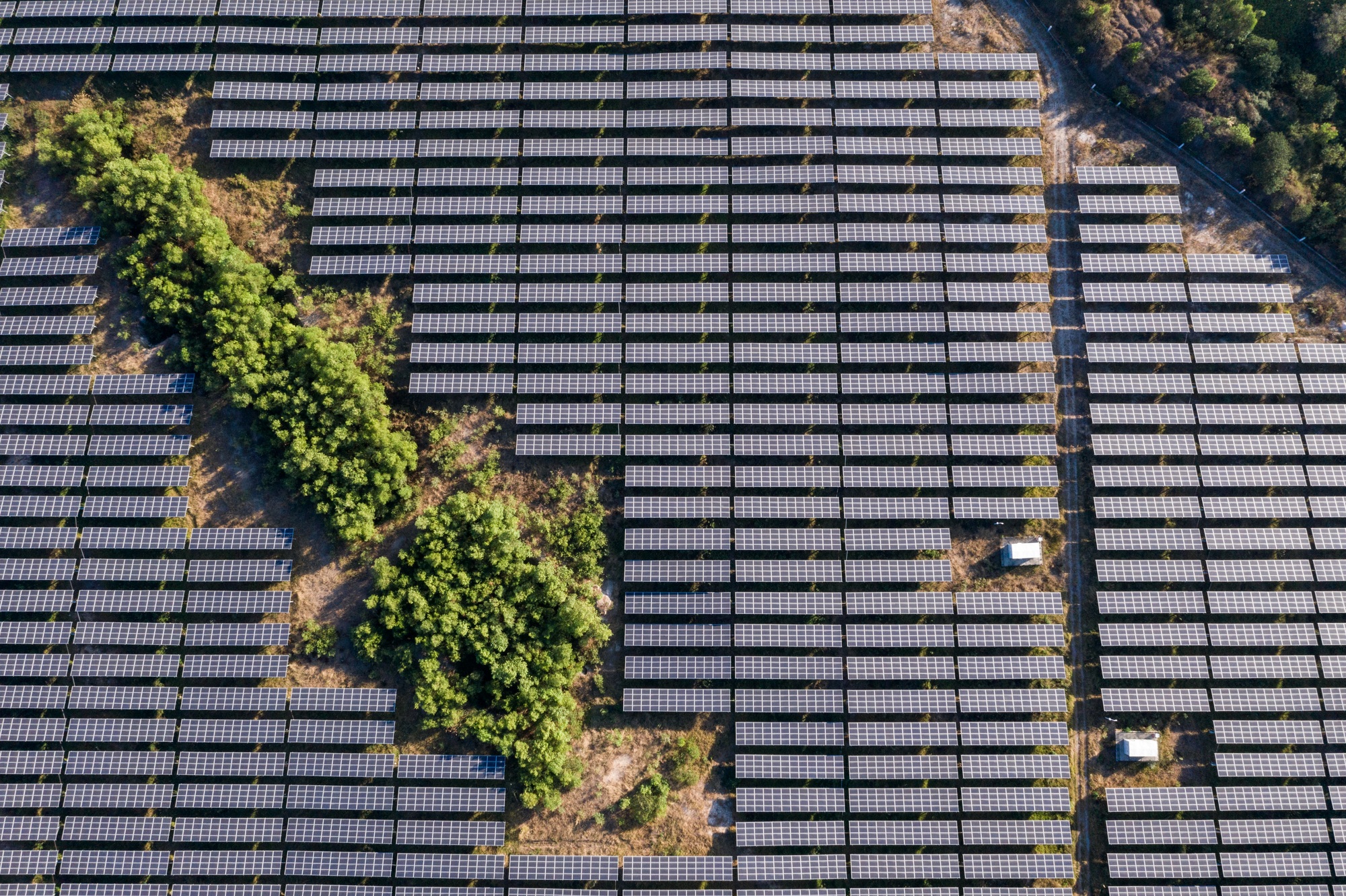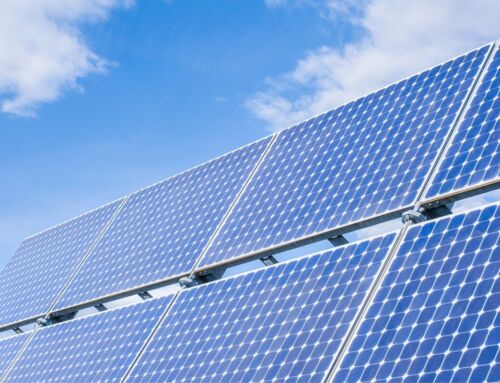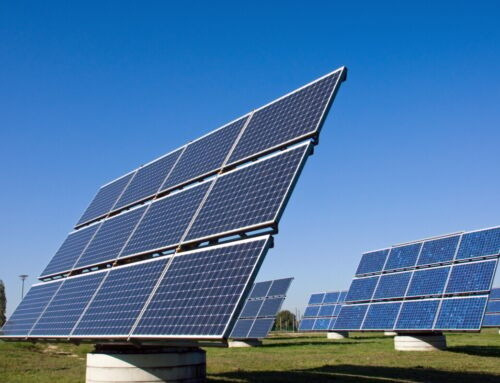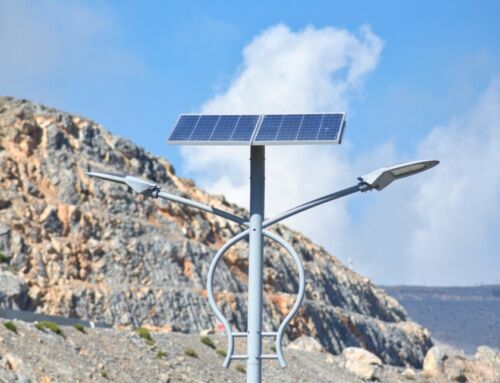Must-Have Components of a Solar Electric System
When considering the transition to solar energy, understanding the core components of a solar electric system is crucial. These components work in harmony to convert sunlight into usable electricity, making them essential for efficient energy production. Knowing what each part does not only aids in making informed purchasing decisions but also ensures optimal system performance and longevity.
Key Components of a Solar Electric System
- Solar Panels: These are the most visible components and are responsible for capturing sunlight and converting it into direct current (DC) electricity. The efficiency and quality of solar panels directly affect the overall energy output.
- Inverter: This device plays a critical role by converting the DC electricity generated by the solar panels into alternating current (AC), which is used by most household appliances.
- Mounting System: Ensures that solar panels are securely attached to the roof or ground, optimizing their angle and exposure to sunlight.
Additional Essential Elements
Beyond the primary components, a solar electric system includes other vital elements such as a battery storage system for storing excess energy, a charge controller to prevent battery overcharging, and a monitoring system to track energy production and usage. These components collectively enhance the system’s efficiency and reliability, ensuring a seamless transition to sustainable energy.
How Do Solar Panels Convert Sunlight into Electricity?
Harnessing the power of the sun is not just a futuristic dream; it’s a present-day reality that begins with understanding the essential components of a solar electric system. These systems are pivotal in converting sunlight into usable electricity, offering a sustainable and eco-friendly energy solution. Knowing what makes up these systems can help you appreciate their efficiency and potential for reducing energy costs.
At the heart of any solar electric system are the solar panels themselves. These panels contain photovoltaic (PV) cells, which are responsible for capturing sunlight and converting it into direct current (DC) electricity. This process is crucial as it marks the initial step in harnessing solar energy. The efficiency of this conversion can significantly impact the overall performance of the solar electric system.
Key Components of a Solar Electric System
- Inverter: Converts DC electricity into alternating current (AC), which is used by most household appliances.
- Battery Storage: Stores excess energy for use during non-sunny periods, ensuring a consistent power supply.
- Charge Controller: Regulates the voltage and current coming from the solar panels to prevent battery overcharging. These components work together seamlessly to ensure that solar electric systems provide reliable and efficient energy solutions.
The Role of Inverters in Solar Electric Systems
Solar electric systems are revolutionizing how we harness energy, making it crucial to understand the must-have components of a solar electric system. These components work together to convert sunlight into usable electricity, ensuring efficiency and reliability. Among these, inverters play a pivotal role, transforming the direct current (DC) generated by solar panels into alternating current (AC) that powers our homes and businesses. Without inverters, the energy produced would remain unusable, highlighting their indispensable function in the system.
Inverters are the heart of solar electric systems, bridging the gap between solar panels and the electrical grid. They ensure that the electricity generated is compatible with household appliances and the grid’s requirements. There are several types of inverters, each serving specific needs and enhancing the system’s efficiency. Understanding these variations helps in selecting the right inverter for optimal performance.
Types of Inverters
- String Inverters: Ideal for residential systems, they connect multiple solar panels into a single unit, offering cost-effectiveness and simplicity.
- Microinverters: Attached to individual panels, they maximize energy output by optimizing each panel’s performance, especially useful in shaded areas.
- Hybrid Inverters: These versatile units integrate battery storage, allowing for energy use during non-sunny periods, enhancing energy independence. Choosing the right inverter type is crucial for maximizing the benefits of your solar electric system.

Ready to take the next step? Discover how solar energy can elevate your home and reduce those energy bills. Request a Free Solar Estimate at NEW SOLAR QUOTE
Why Battery Storage is Essential for Solar Power
Solar electric systems are revolutionizing how we harness energy, offering a sustainable and cost-effective solution for powering homes and businesses. Understanding the must-have components of a solar electric system is crucial for maximizing efficiency and reliability. Among these components, battery storage stands out as a pivotal element, ensuring that solar power is available even when the sun isn’t shining. This capability not only enhances energy independence but also optimizes the overall performance of the solar system.
Ensuring Energy Availability
Battery storage systems are vital for storing excess energy generated during sunny periods, allowing for consistent power supply during cloudy days or nighttime. This ensures that energy needs are met without relying on the grid, providing a seamless energy experience.
Enhancing System Efficiency
By integrating battery storage, solar electric systems can operate more efficiently. Batteries help in balancing energy loads, reducing wastage, and ensuring that the energy produced is utilized effectively. This not only lowers electricity bills but also extends the lifespan of the solar components, making the investment more worthwhile.
Exploring the Importance of Charge Controllers
Solar electric systems are revolutionizing how we harness energy, offering a sustainable and cost-effective solution to power needs. Understanding the must-have components of a solar electric system is crucial for maximizing efficiency and reliability. Among these components, charge controllers play a pivotal role in regulating the flow of electricity from solar panels to batteries, ensuring optimal performance and longevity of the system. Charge controllers are essential in preventing overcharging and deep discharging of batteries, which can significantly reduce their lifespan.
They act as a gatekeeper, maintaining the correct voltage and current levels. Without a charge controller, the components of a solar electric system could face potential damage, leading to costly repairs or replacements.
Key Functions of Charge Controllers
- Voltage Regulation: Ensures batteries receive the correct voltage, preventing overcharging. – Current Control: Manages the flow of electricity to avoid battery damage.
- Battery Health Monitoring: Provides data on battery status, helping to maintain optimal performance. By integrating a charge controller, users can enhance the efficiency and durability of their solar electric systems, making it a must-have component for any setup.
How Mounting Systems Impact Solar Panel Efficiency
Solar electric systems are becoming increasingly popular as more people seek sustainable energy solutions. Understanding the must-have components of a solar electric system is crucial for maximizing efficiency and performance. Among these components, the mounting system plays a pivotal role. It not only secures the solar panels in place but also influences their exposure to sunlight, which directly impacts energy production.
Optimal Angle and Orientation
- The mounting system determines the angle and orientation of solar panels, which are critical for capturing maximum sunlight. Properly angled panels can significantly boost energy output by ensuring they receive direct sunlight throughout the day.
Durability and Stability
- A robust mounting system ensures panels remain stable and secure, even in adverse weather conditions. This stability prevents damage and maintains the efficiency of the solar electric system over time. By investing in high-quality mounting solutions, you can enhance the longevity and effectiveness of your solar setup.
The Significance of Wiring and Cabling in Solar Installations
Solar electric systems are becoming increasingly popular as more people seek sustainable energy solutions. Understanding the must-have components of a solar electric system is crucial for ensuring efficiency and reliability. Among these components, wiring and cabling play a pivotal role in connecting and transmitting electricity from the solar panels to the inverter and ultimately to your home or business. Without proper wiring, even the most advanced solar panels can underperform, leading to energy loss and potential safety hazards.
Essential Roles of Wiring and Cabling
- Energy Transmission: Wiring and cabling are responsible for carrying the electricity generated by the solar panels to the inverter. This process is vital for converting solar energy into usable electricity.
- Safety Assurance: Properly installed wiring ensures that the system operates safely, minimizing risks of electrical faults or fires.
Choosing the Right Materials
- Durability: High-quality materials resist weather conditions and wear, ensuring longevity and consistent performance.
- Efficiency: Selecting the right gauge and type of wire can significantly impact the overall efficiency of the solar electric system, reducing energy loss during transmission.
Monitoring Systems: Keeping Track of Your Solar Performance
Harnessing the power of the sun through solar electric systems is an increasingly popular way to generate clean, renewable energy. Understanding the must-have components of a solar electric system is crucial for maximizing efficiency and performance. Among these components, monitoring systems play a pivotal role in ensuring your solar setup operates optimally, providing real-time data and insights into energy production and consumption. Monitoring systems are essential components of a solar electric system, offering a window into the daily operations of your solar panels.
These systems track energy production, allowing you to see how much electricity your panels generate at any given time. This data is invaluable for identifying inefficiencies or potential issues, ensuring your system runs smoothly and effectively.
Read More: Essential Solar Installation Parts You Need to Know!
Key Features of Solar Monitoring Systems
- Real-Time Data: Provides immediate insights into energy production and usage.
- Performance Alerts: Notifies you of any irregularities or drops in performance.
- Historical Data Analysis: Allows for tracking performance trends over time, helping in optimizing energy use and maintenance planning. By integrating a robust monitoring system, you can enhance the longevity and efficiency of your solar electric system, making it a must-have component for any solar setup.
How NewSolarQuote Can Help You Choose the Right Solar Components
Solar electric systems are a sustainable solution for reducing energy costs and minimizing environmental impact. However, understanding the essential components of a solar electric system is crucial for maximizing efficiency and performance. Whether you’re a homeowner or a business owner, selecting the right components can significantly influence the effectiveness of your solar setup. At NewSolarQuote, we guide you through this process, ensuring you make informed decisions that align with your energy needs and budget.
Key Components of a Solar Electric System
- Solar Panels: These are the heart of your system, converting sunlight into electricity. Choosing the right type and size is vital for meeting your energy demands.
- Inverters: They transform the direct current (DC) generated by the panels into alternating current (AC) used by most home appliances.
- Mounting Systems: Proper installation ensures panels are securely positioned for optimal sunlight exposure.
Why Choose NewSolarQuote?
At NewSolarQuote, we simplify the selection process by offering expert advice and a wide range of high-quality solar components. Our team helps you assess your specific energy requirements, ensuring you invest in components that offer the best performance and longevity. With our support, transitioning to solar energy becomes a seamless and rewarding experience.
Future-Proofing Your Solar Electric System with Smart Technology
Harnessing the power of the sun is not just about installing panels on your roof; it’s about integrating the right components of a solar electric system to ensure efficiency and longevity. As technology evolves, so do the opportunities to future-proof your solar investment. Embracing smart technology within your solar setup not only optimizes energy production but also enhances your system’s adaptability to future advancements.
Essential Components for a Robust Solar System
- Solar Panels: The heart of your system, converting sunlight into electricity.
- Inverters: Transform direct current (DC) from the panels into alternating current (AC) for home use.
- Battery Storage: Store excess energy for use during cloudy days or at night.
- Smart Monitoring Systems: Track energy production and consumption in real-time, allowing for adjustments to maximize efficiency.
Embracing Smart Technology
Incorporating smart technology into your solar electric system can significantly enhance its performance. Smart inverters and monitoring systems provide insights into energy usage patterns, enabling proactive management and maintenance. This not only ensures optimal performance but also prepares your system for future technological advancements, keeping your investment secure and efficient.
Take action today! Save money and protect the planet by going solar. Schedule your no-cost consultation now. Book Your Free Consultation at NEW SOLAR QUOTE
Want to see all your options? Head to FREE SOLAR QUOTES for a closer look at our solar offers.





